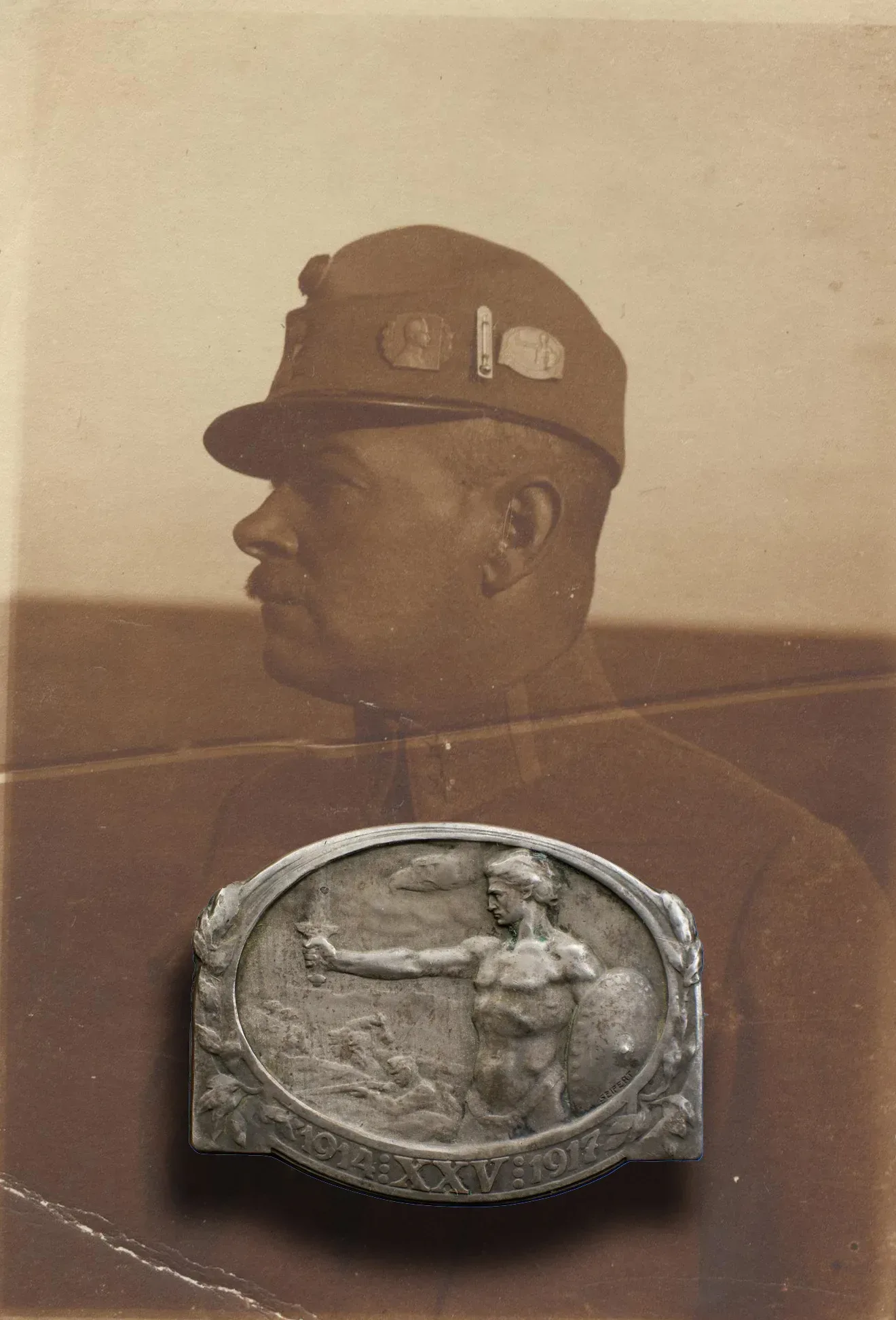XXV. Corps
The memories of the XXV Corps, named after General Peter Hofmann, often appear on websites and in the militaria shops. There were many Kappenabzeichen for the Corps, as well as for the various institutions within the Corps. For example, the Corps hospital and repair shop also had separate badges. In this post, I deal with the badge that has been produced in the highest number of different versions. The former Hofmann Corps badge was replaced by this version in 1917. That badge depicted the protection of the Carpathians in the winter of 1914-15. At the time, the Corps consisted primarily of the newly organized 55th Division and its associated additional units. This team unit was completed and renamed XXV Corps in February 1917. So the badge must have been made in 1917.

During the existence of the Hofmann Corps, it was active on the Russian front. The Corps distinguished itself in the Carpathians and in the May 1915 counterattack. It was mostly under the subservience of the German Southern army. In 1918, it was one of the units that occupied Ukraine.

The post contains the larger version of the badge in three material variations (zinc plate, tombak, and silver). The miniature is also made of silver. I’ve never met a copy of another material at this size. But there could have been others, as is customary for small sizes of most army badges prepared by the Gurschner company.

On the badge above the soldiers kneeling in the trenches stands the young man, who embodies military virtues, with a sword and shield in his hand. The interesting feature of the wearing photo is the tiny badge between the Corps badge and the portrait of King Charles. It’s like a little mercury thermometer. Since the picture is a winter shot, measuring the temperature could have been important. But was there such a tiny “portable” instrument? Or am I just seeing something completely wrong?




